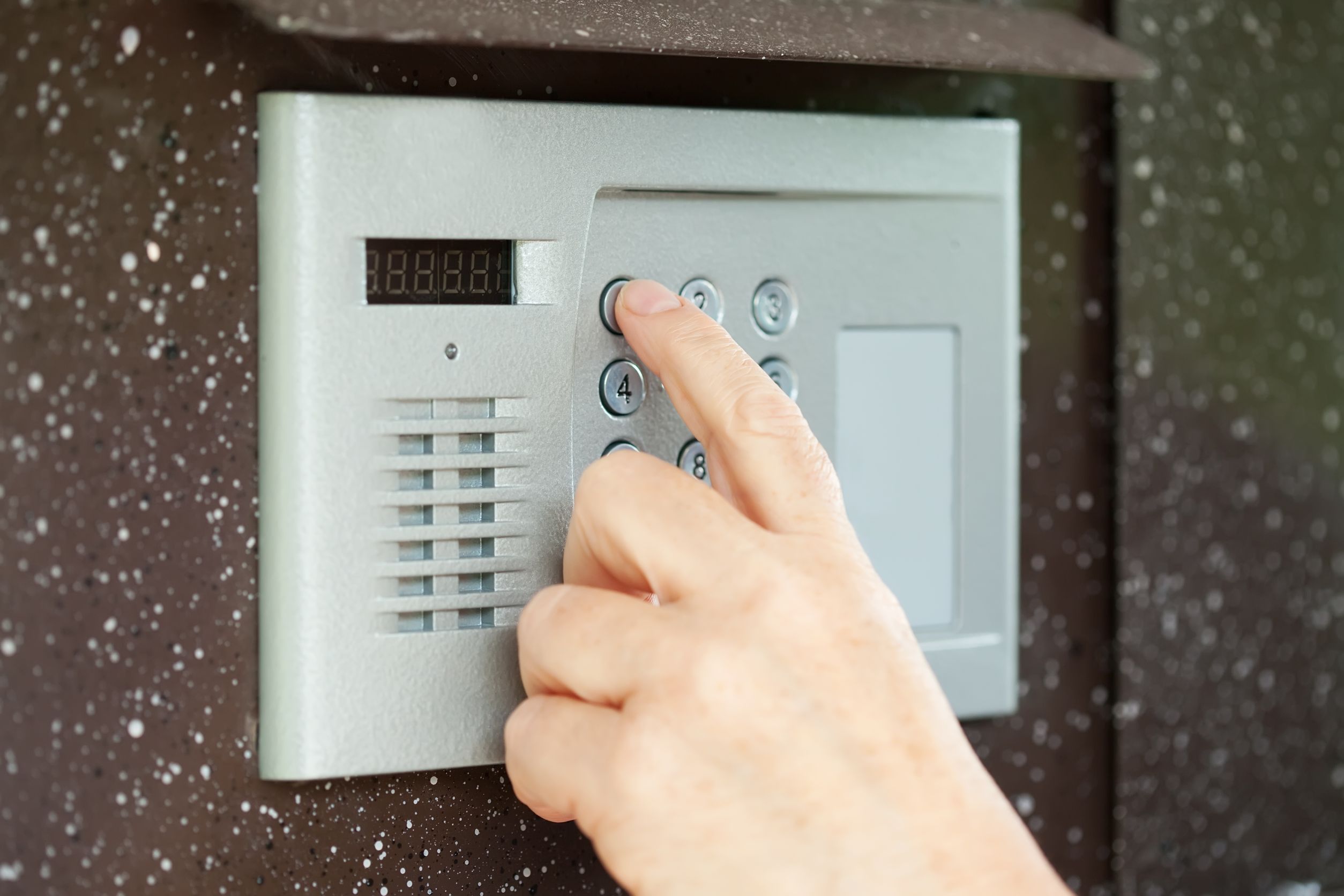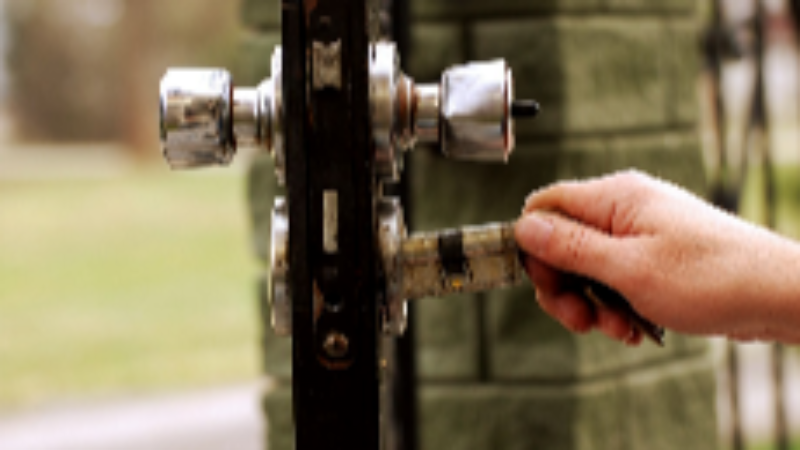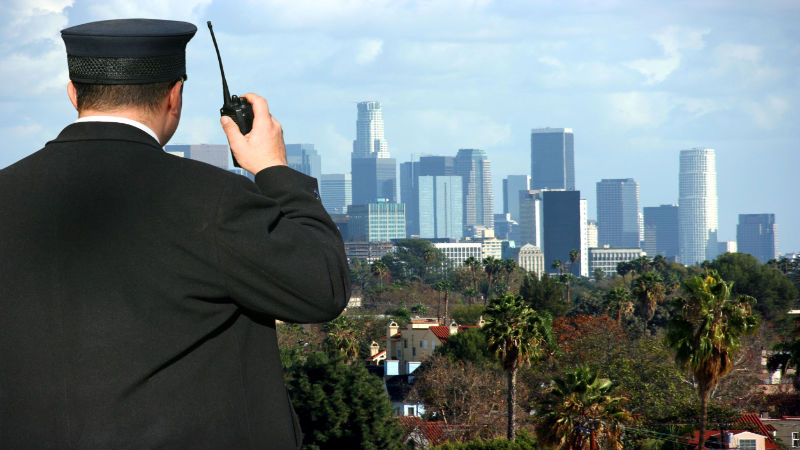Fires can happen anywhere at any time. Being prepared for when they happen with fire extinguisher inspection in Los Angeles can help save lives and property.
Did You Know There Are Five Types Of Fires?
While all five types of fires cause damage and can kill, how you address them can determine the amount of damage you sustain or if there is a loss of life because of the way the fire was handled. Fire extinguisher inspection in Los Angeles is a must in handling these various types of fires.
- Class A fires are usually basic materials like cloth, paper, plastics, rubber and wood.
- Class B fires are comprised of flammable liquids and gases like alcohol, gasoline, grease oils, oil-based paints, butane and propane.
- Class C fires involve powered electrical equipment like appliances, computers, motors and transformers.
- Class D fires entail combustible metals, for example, lithium, magnesium, potassium sodium and titanium.
- Class K fires deal with cooking oils and grease that are comprised of animal fats.
Did You Know There Are Eight Types of Extinguishers?
There are several types of fire extinguishers to address the five types of fires. Removing oxygen from the fire controls it.
- Water and Foam extinguishers are used on Class A fires to remove oxygen from the fire.
- Carbon dioxide extinguishers are used on Class B and C fires to remove oxygen and heat.
- Dry chemical extinguishers are used on Class B and C fires and disturb the chemical reaction to inhibit the fire’s growth.
- Cartridge operated dry chemical extinguishers are used on Class A, B and C fires and interrupt oxygen from the chemical agent in the fire.
- Wet chemical extinguishers are usually used on Class K cooking oil fires.
- Dry powder extinguishers work like dry chemical extinguishers and remove the heat element of a fire and are for Class D fires only.
- Water mist extinguishers remove the heat from a fire and are effective on Class A and C fires.
- Clean agent extinguishers, also known as halogenated extinguishers, work by removing the heat and prohibiting a chemical reaction that keeps a fire going. These extinguishers are effective on fires that are Class A, B and C.
All fire extinguishers need to be inspected on a regular basis. If you’re looking for fire extinguisher inspection in Los Angeles, visit Fire Protection Group.


